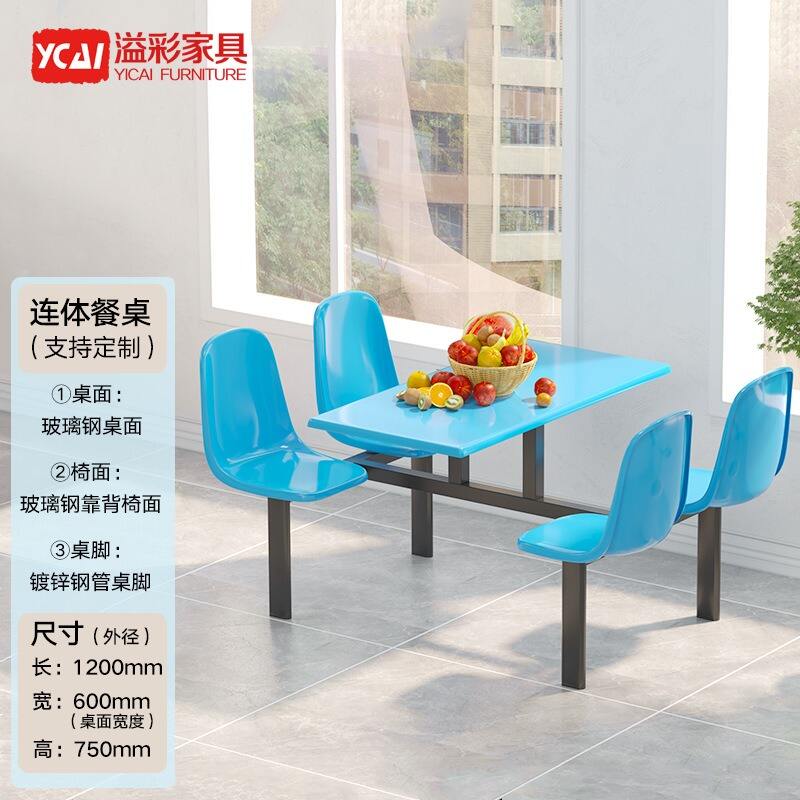Creating the Ideal Dining Environment with Strategic Furniture Selection
The success of any dining establishment heavily relies on creating the perfect ambiance, and at the heart of this lies your choice of restaurant table and chair combinations. The right furniture not only defines your space's aesthetic appeal but also significantly impacts customer comfort, dining experience, and ultimately, your bottom line. Understanding how to select appropriate restaurant furniture requires careful consideration of multiple factors, from space utilization to durability and style.
When restaurant owners invest time in carefully selecting their furniture, they create spaces that customers naturally gravitate towards and want to return to repeatedly. The perfect combination of tables and chairs can transform an ordinary space into an extraordinary dining destination that leaves lasting impressions on your guests.
Essential Considerations for Restaurant Furniture Selection
Space Planning and Layout Optimization
Before diving into specific restaurant table and chair selections, it's crucial to analyze your available space thoroughly. Start by measuring your dining area and creating a detailed floor plan. Consider traffic flow patterns, ensuring adequate space between tables for both servers and guests to move comfortably. Industry standards recommend at least 24-30 inches between tables and 42-48 inches for major walkways.
Strategic furniture placement can maximize your seating capacity while maintaining comfort. Consider implementing a mix of seating arrangements, including booths, banquettes, and traditional table settings to optimize space usage and create varied dining experiences for your guests.
Material Selection and Durability Factors
The materials you choose for your restaurant table and chair sets will significantly impact their longevity and maintenance requirements. Commercial-grade materials are essential for withstanding the rigors of daily use in a busy restaurant environment. Popular options include hardwood, metal, and composite materials for tables, while chair materials might range from solid wood to metal frames with upholstered seats.
When evaluating materials, consider factors such as resistance to scratches, stains, and moisture. Remember that while initial costs might be higher for premium materials, they often prove more economical in the long run due to reduced replacement and maintenance needs.
Style and Design Elements
Matching Furniture with Restaurant Concept
Your restaurant table and chair selections should align perfectly with your establishment's theme and brand identity. Fine dining venues might opt for elegant hardwood furniture with premium upholstery, while casual eateries might choose more relaxed, contemporary designs. The key is maintaining consistency throughout your space while ensuring your furniture choices enhance your restaurant's overall atmosphere.
Consider how different design elements work together, from the color palette to the finishing details. Even subtle aspects like chair back designs and table edge profiles can significantly impact the overall aesthetic appeal of your space.
Comfort and Ergonomic Considerations
While style is important, comfort should never be compromised. Your restaurant table and chair combinations need to provide adequate support and comfort for guests throughout their dining experience. Standard dining chair seat heights should be around 18 inches, with tables typically standing at 30 inches high. Pay attention to chair back angles, seat depth, and cushioning to ensure optimal comfort.
Consider the average dining duration in your establishment when selecting seating options. Fine dining venues, where guests might spend several hours, require particularly comfortable seating compared to quick-service restaurants.
Practical Aspects of Furniture Management
Maintenance and Cleaning Requirements
Select restaurant table and chair sets that are easy to clean and maintain. Smooth surfaces, water-resistant materials, and removable seat cushions can significantly reduce daily maintenance time and costs. Establish a regular cleaning and maintenance schedule to extend furniture life and maintain its appearance.
Consider investing in protective features like floor glides to prevent scratching and furniture covers for outdoor seating. These small additions can substantially extend the lifespan of your furniture investment.
Storage and Flexibility Considerations
Opt for furniture that offers flexibility in arrangement and storage. Stackable chairs and folding or easily movable tables can be invaluable for venues that frequently reconfigure their space for different events or service styles. This flexibility allows you to adapt your space efficiently while maintaining proper storage when items aren't in use.
Consider multi-functional pieces that can serve different purposes throughout service periods. Tables with adjustable heights or modular designs can provide valuable versatility in your operation.
Investment and Long-term Value
Budget Planning and ROI Considerations
While it might be tempting to cut costs on restaurant table and chair purchases, consider the long-term value of your investment. Quality commercial furniture typically offers better durability and aesthetic longevity, potentially proving more cost-effective over time. Calculate the total cost of ownership, including maintenance, replacement parts, and potential refurbishment needs.
Consider warranty options and after-sales support when selecting suppliers. A strong warranty can protect your investment and provide peace of mind, especially for larger furniture purchases.
Sustainable and Eco-friendly Options
Growing environmental awareness has made sustainable furniture options increasingly popular among diners. Consider restaurant table and chair sets made from recycled materials, sustainably sourced wood, or other eco-friendly options. These choices can appeal to environmentally conscious customers while often providing excellent durability.
Look for certification from recognized environmental organizations and consider the full lifecycle impact of your furniture choices, including eventual disposal or recycling options.
Frequently Asked Questions
What is the ideal spacing between restaurant tables for comfortable dining?
The recommended spacing between restaurant tables is 24-30 inches for comfortable dining, with 42-48 inches for main walkways. This ensures adequate space for both diners and service staff while maintaining an intimate atmosphere.
How often should restaurant furniture be replaced?
Quality restaurant table and chair sets typically last 7-10 years with proper maintenance. However, this can vary based on usage intensity, material quality, and maintenance practices. Regular inspections and maintenance can significantly extend furniture lifespan.
What materials are best for high-traffic restaurant areas?
For high-traffic areas, commercial-grade materials like metal, solid hardwood, or high-quality composites are recommended. These materials offer superior durability and are easier to maintain. Look for scratch-resistant finishes and sturdy construction methods for optimal longevity.


